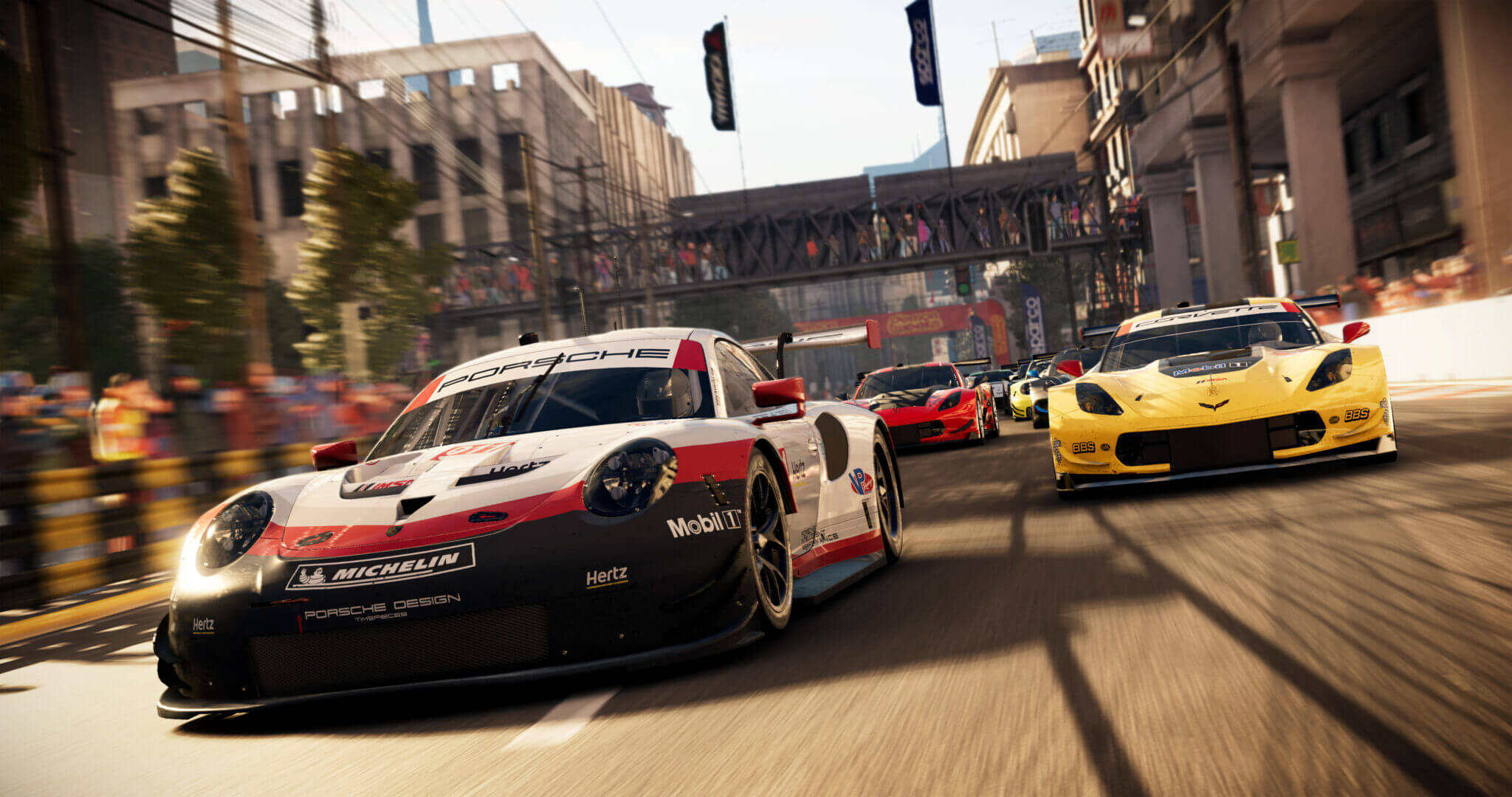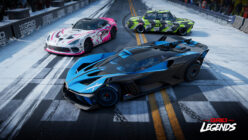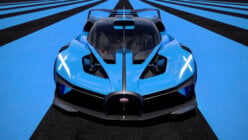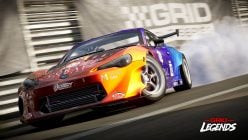It’s hard to believe, but the GRID franchise is 22 years old. If it were a person, it could legally buy you a beer.
It probably would too. GRID would be the guy that buys the whole bar a round because his favorite team won a game. Hell, he’d buy the whole bar a round just because it was a Wednesday. That’s the sort of fun-having, share-the-love attitude the reborn GRID is all about. It understands the inherent joy the automobile can provide, and it wants everyone to be a part of the festivities. Who are we to say no?
GRID releases Friday, October 11, on PS4, XB1 and PC. Codemasters provided a pre-release version of the game for review on PlayStation 4. I played it on PS4 Pro, with both a pad and the Fanatec CSL Elite PS4 wheel (with P1 Elite rim).
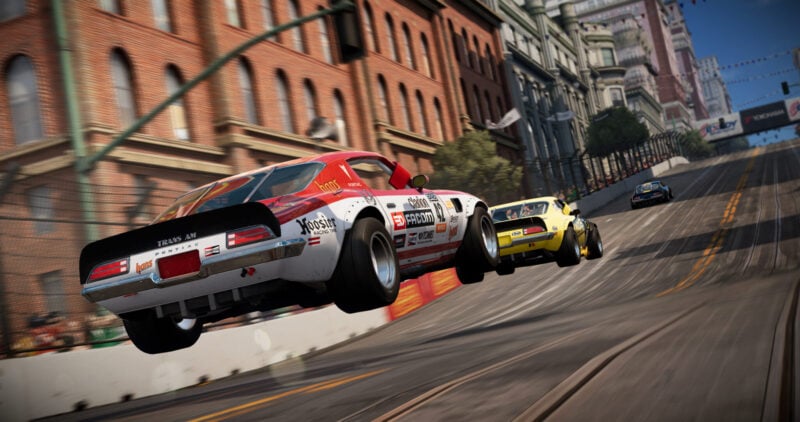
Content and Value For Money
In bald number terms, GRID does not get off to the strongest of starts. It features around 70 cars and 13 tracks. One of these numbers isn’t much of an issue, but the other is.
The game makes the most of a 70-odd car count. It covers a number of bases, including the latest prototypes from Cadillac and Acura, vintage muscle in tasty Trans-Am style, and a brace of modern GT racers. There are some thoughtful choices too, like Volvo’s mid-’90s touring wagon and Fernando Alonso’s championship-winning Renault F1 car. Porsche and Ferrari both return to the fold, which is welcome. They all feel unique from one another too: the touring cars are safe front-drivers perfect for close-quarter racing — just like the real thing — whereas the DPi cars are freakish four-wheeled scalpels in the way they clinically dissect tracks at speed.
It’s the game’s dozen-plus-one tracks that let the side down. The mix is good, with an even split between real and fantasy (the latter gets Okutama in track form plus a touge-like point-to-point). The design of the fantasy tracks is solid too, with franchise debuts Havana and Shanghai providing challenging layouts and eye-catching backdrops.
On the real-world side, GRID serves as a reminder that Sydney Motorsport Park is criminally underrepresented in the racing genre. It also introduces Zhejiang, which only opened a few years ago. Don’t let its age fool you: Zhejiang feels old in the right way, a far cry from modern Tiilke-dromes in its winding, undulating layout.
Nonetheless, the paucity of locations means you’ll feel that sense of “been here, done that” quite early on. Different times of day and the inclusion of rain might alleviate this slightly — and running tracks like Brands Hatch and Silverstone in reverse is fun — but GRID desperately needs more variety in the track list. Thankfully, Codemasters has said new locations are incoming as part of the DLC plan, and they’ll arrive free of charge.
Unfortunately that samey feeling applies to the single player experience too. It’s almost mobile game-like in its simplicity: there’s a tile board of events to compete in, divvied up into different disciplines. All of these follow the same point structure, with up to four races per event. Players can focus on whatever area they like, but the progression within is quite linear. The Invitationals largely require other disciplines be complete too. There are no prize cars or different event styles, which can make the progress feel like a slog.
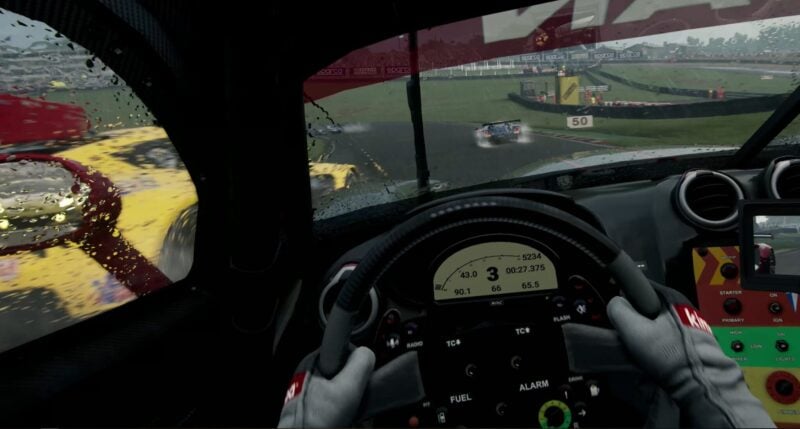
Qualifying is a welcome addition in an arcade title, but it’s also necessary in the harder difficulties. That’s because the races are all so short that the only way most players could win is to start up front. Thankfully the AI is genuinely challenging, though we found it slightly more by-the-books than the raucous preview build we tried last month.
The touted team aspect of the game leaves a lot to be desired. Team management is completely bare-bones: second drivers unlock as you progress through the game, but you can sign them at any point, and none improve over time, so there’s a very clear “best”. On the track they’ll occasionally listen to your requests to push or defend, but races are so short in career it feels tacked-on. In the grand scheme of things, they provide additional credits and little else.
Unfortunately the Nemesis system is similarly half-baked. In the heat of the moment it’s fantastic: collide with a driver too many times and they’ll target you for the rest of the race. It’s those last four words that are the drawback: there’s no real consequence for getting on the AI’s bad side outside of the one race. It’d be great to form a career-spanning rivalry — that’s what the best stories in motorsport boil down to, really — but it’s just not an option here.
Also, the idea of unlocking livery styles feels decidedly old-school in an age where most other games allow users to completely craft their own designs. An opportunity missed, then.
Add it all up and it quickly feels like you’ve seen everything GRID has to offer.
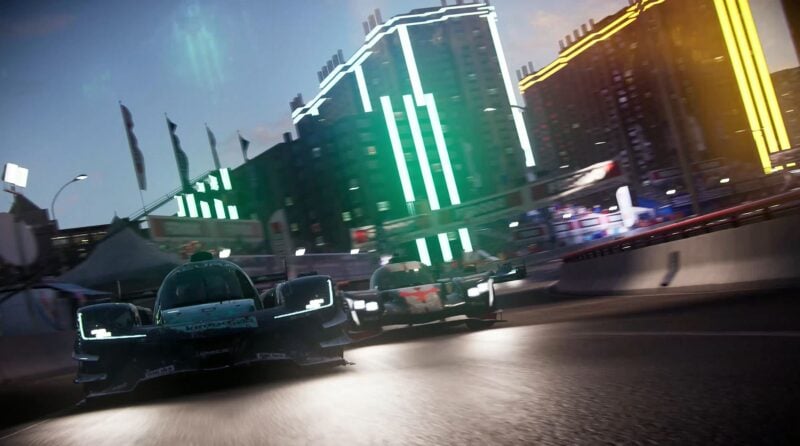
Online Features
It’s all pretty standard fare here. Players can set up custom matches, giving them full control of the event setup. These can be limited to friends or invites only — no public listings. You’ll be able to set up an event across up to five races, with AI on or off, but the in-depth custom championship feature of Codies’ own F1 2019 is absent here.
There’s also quick matches, which drop you right into the action. Our experience with these was mixed: if it lined up with the start of a series of events, it went smoothly. If it didn’t, it didn’t. The game will automatically drop you in a competitive car if you join a little later, but seemingly ignores ones you already have in your garage. It could be any sort of race, which does make it an excellent taster’s tour of what the game has on offer. The payouts seem quite low, however: it’s hard to tell, since the UI doesn’t actually show them, just costs from damage.
Netcode seemed quite stable during our tests. That said, cars would seemingly ignore the pre-race countdown at random: we were part of it once too, though we have no idea how or why it happens.
There are leaderboards throughout the game, though they’re accessible via a tedious menu that resets the selection every single time you view a board. We also want to have a long sit-down with whoever thought the use of the rewind feature shouldn’t invalidate lap times…
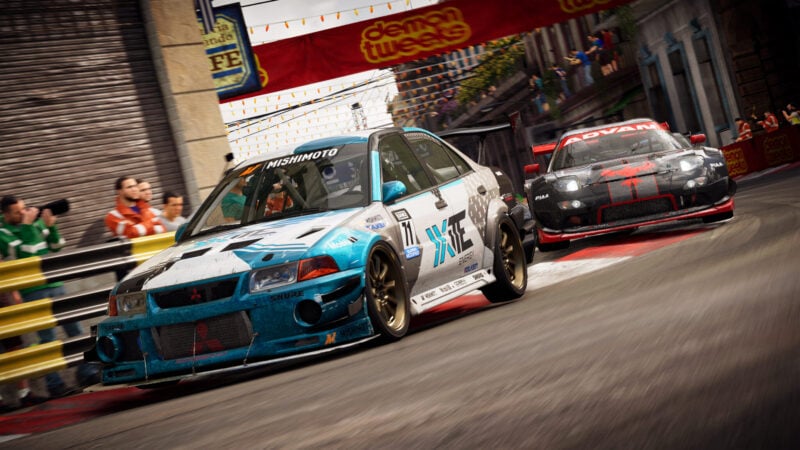
Driving Physics and Handling
It shouldn’t need to be said, but just in case: this is not a simulation racing title. Ah, there, that’s better.
Codemasters has bypassed that crowded section of the market and gone for something simpler, more accessible, and fun. Largely, it’s succeeded — though the irony is that this light-hearted drive is best experienced with a wheel.
On the standard DualShock 4 it takes some getting used to. GRID is a game that can be picked up by the scruff of its neck, but you’re better served making your inputs as smooth as possible. Turn-in is very fast, especially if you lift off the throttle slightly before committing. A common refrain in different driving games is a lack of lift-off oversteer: that is certainly not the case here. You can leave braking until the absolute last second and be confident the nose will still point towards the apex. This is with traction and stability control both off: turning the latter on certainly helps smooth inputs, avoiding fishtailing.
Every car seemingly rotates around a central pivot point. Never is this more clear than at low speeds, where maneuvering becomes an awkward, almost crab-like affair. It’s a good thing you (hopefully) won’t be spending much time at walking speeds, then.
The light amount of feedback from the pad makes applying opposite lock when necessary a guessing game. We even dove into the advanced settings and pumped up the tire slip vibration while lessening the others, to little aid.
Braking is best done in a straight line. Even then — and with ABS on — the cars have a habit of locking one side. It’s entertaining for sure, but can catch you out until you’re used to it. As a general rule of thumb you’ll want to avoid making any steering input on rumble strips too. On throttle, off throttle, on the brakes, only the front tires touching the red-and-whites — it doesn’t matter, the car will get jumpier than that time you accidentally had five espressos before noon.
GRID is genuinely good fun on a wheel, though. Out of the box there’s a healthy amount of feedback. The tightrope walk that is the edge of grip gets a little wider here, bringing you into a more intimate conversation with the car’s tires. It’s surprising really: in some ways, it’s better than more self-professed sims. Braking gains a new sense of depth, almost putting the action into slow-motion in the way you can finely mete out the force.
Oh, and the drifting (the act, not an event style). The wheel’s self-centering torque is utterly natural here, so when the tail does swing wide, you can work with it. Take the tuner Mitsubishi Evo to Zhejiang and go wild — we’ve spent a bunch of time doing that. No shame.
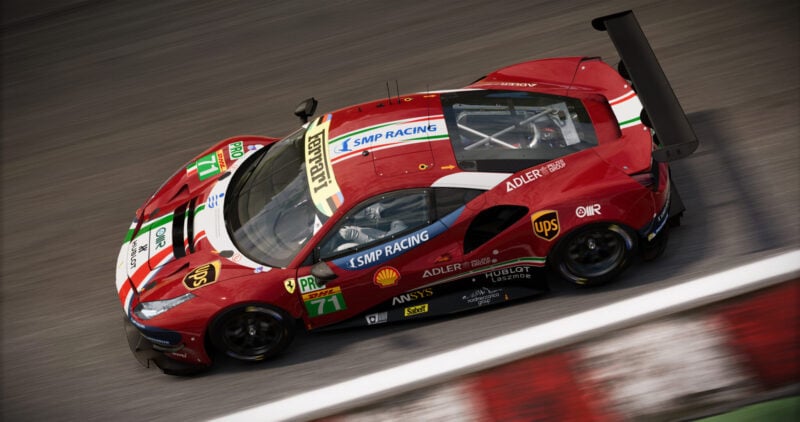
Graphics
Your GRID visual experience will largely depend on the platform you choose.
On the PS4 Pro it’s quite the pretty title. Codemasters uses its fantasy circuits to flex its design muscles, with plenty of track-side details to make each location feel lived in. Of the new locations, Havana is the prettier one, all palm trees and Cuban color. Meanwhile Shanghai shows off the diverse, urban experience of China’s second-largest city, and looks stunning at night, fully decked out in vibrant neons and exploding fireworks. Head anywhere the forecast calls for rain and the damp conditions look fantastic, with light reflections really upping the visual realism.
Cars are uniformly well-designed, even if they’re lacking in the ultimate levels of detail you’d see in something like GT Sport or Assetto Corsa Competizione. More important is that they’re consistent, plus there’s the need to balance them with all the action and moving parts on the tracks. The damage model is intricate, with body parts shaking loose and carbon fiber actually cracking instead of denting, like in so many other titles.
One constant annoyance during the car selection process is the wrong model loading. There’s a delay between scrolling and the car appearing, which isn’t that unusual. What is is the game always showing the previous car you stopped the selection at. This persisted across different categories too.
This is all on the Pro, remember. GRID runs at 60fps here, but those on the standard PS4 or XB1 will have to make do with half that. It isn’t locked either: we experience significant slowdown on the front straight of tracks when the pack is still all bunched together.
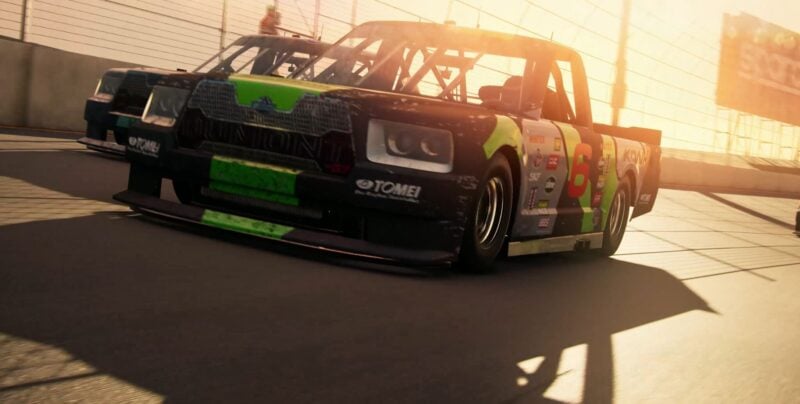
Sound Design
This is the third Codemasters title of 2019, and it continues a tradition of exceptional sound design.
It starts with the menu tune, which manages the balancing act of being interesting without dominating. It’s strange, then, that there’s zero in-race music.
Instead, like at a real race track, you’ll hear a cacophony of different sounds. There’s the ever-present crowd, all jeers and cheers depending on what you do behind the wheel. The announcers could be better: we’re not opposed to their inclusion, but their comments all come off as very vague. They won’t call the player by name, which makes sense, but not even the AI? That’s if you can even hear them: the mix blends all the environmentals together. Sure, it’s realistic that you only hear snippets while racing down the track, but that’s one area we wouldn’t be opposed to some artistic license.
The pit chief suffers a similar fate. It’s also strange he isn’t piped through the DS4’s speaker.
As with any racing game, the cars are the stars here. Every one sounds good, from the old Mini right through to Alonso’s shrieking R26. We appreciate the subtle difference in the note of the new-shape Aston Vantage GTE’s turbo V8 versus the bigger, badder, naturally-aspirated C7.R, for example. You’ll want to drive from interior view for the best experience though. From the exterior cams every car is slightly muffled.
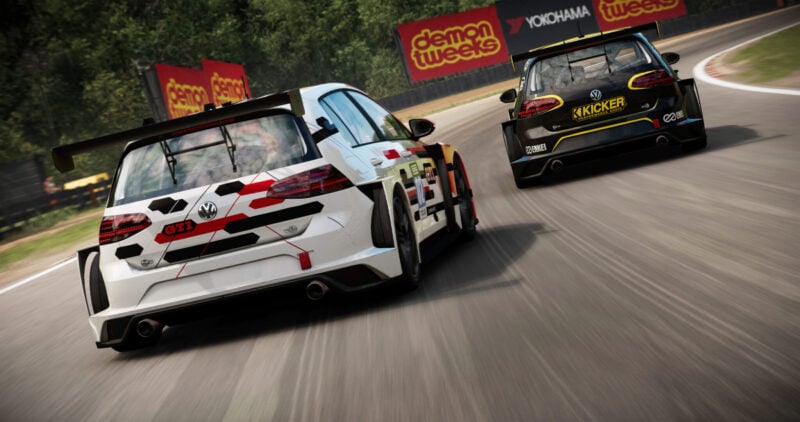
The Verdict
Look, we’ll be the first to admit the market could use more arcade racers. With Driveclub dead and Forza Horizon 4 firmly focused on open-world thrills, a back-to-basics arcade track racer is just the sort of spice we need in life. Very few of us honed our skills on the hardcore sims when the racing bug first bit. No, it was the loud, visceral arcade cabinet experiences that taught us speed was good.
In many ways, GRID is an homage to those heady days. It’s all about instant action, not endlessly tinkering in search of hundredths of a second. In that sense, GRID is a smashing success.
But it also reflects the drawbacks of that era. For starters, at least in launch form, it feels shallow. A lack of content can be forgiven, but that the game gives players so little to do with it is what hurts here. That’s not even in comparison to other titles on the market, but even GRID’s own storied history. The simplistic team aspect, the lack of different event styles, and the grindy career mode conspire to make GRID seem like a preview. That it comes at the tail-end of a generation makes that a harder pill to swallow.
If you’ve got a hankering for a no-frills arcade track racer, GRID is an easy choice — it is, as the hashtag suggests, like no other in that sense. But you might be better served waiting, to see how it evolves from here.
GRID
Learn more about how our rating system works.
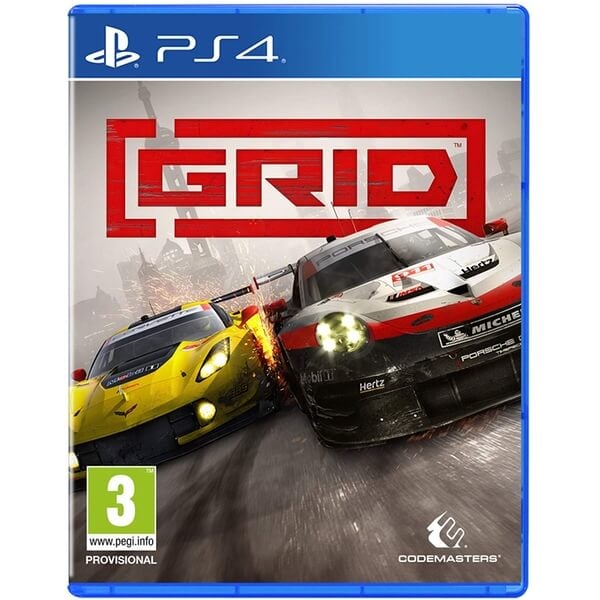
EDITOR’S NOTE: There is a small correction in the Driving Physics and Handling section clarifying drifting isn’t an event style, plus a mention of liveries in Content and Value for Money.
See more articles on Review.

